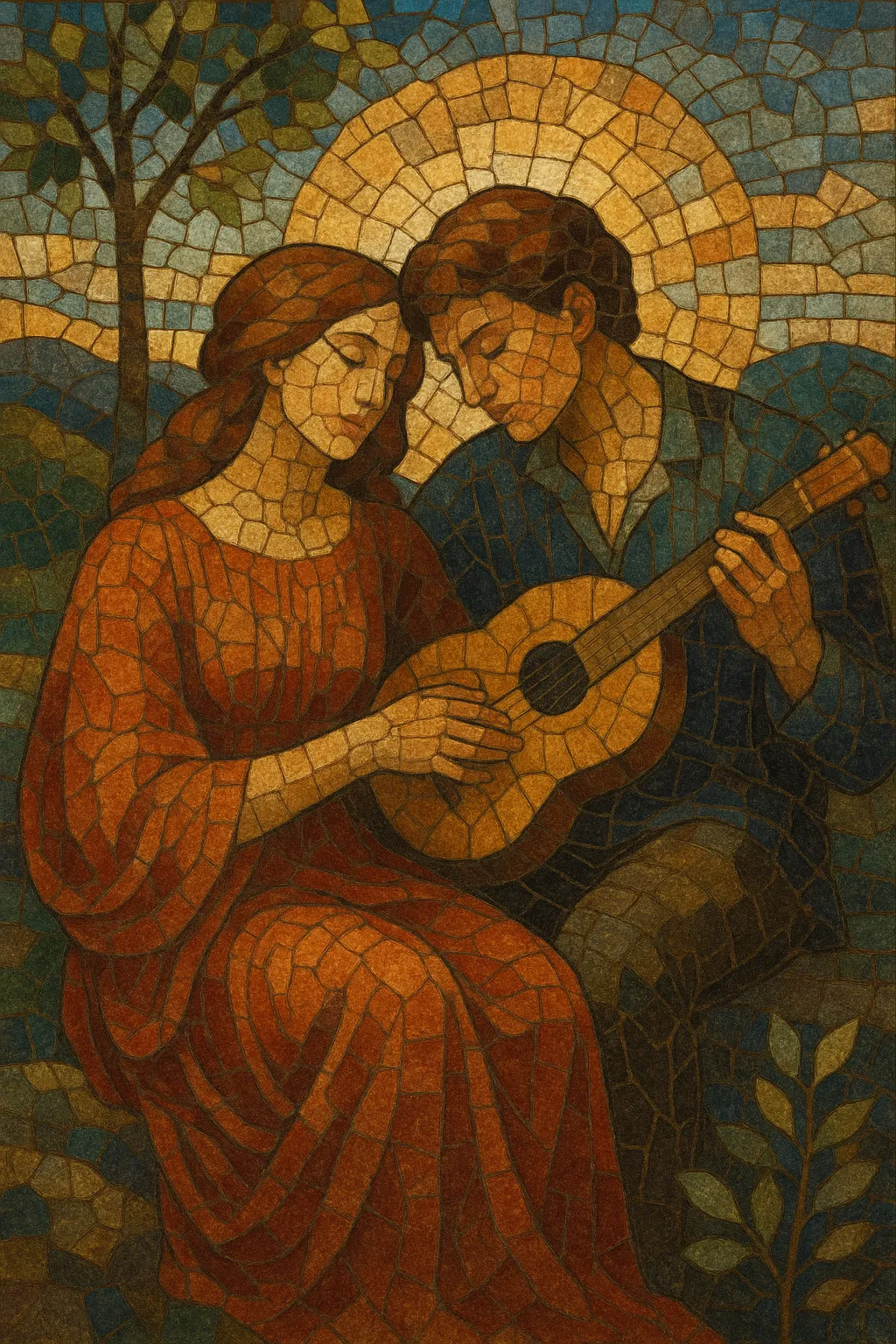Romanticism in music is a 19th‑century movement that prioritizes individual expression, emotional intensity, and evocative storytelling over the balanced clarity of the Classical era.
It expands harmony with richer chromaticism and distant modulations, stretches forms (longer developments, cyclic structures), and favors flexible tempo (rubato) and extreme dynamics. Orchestras grow in size and color (tuba, piccolo, contrabassoon, harp, expanded brass and percussion), while the piano becomes a primary vehicle for intimate expression and virtuoso display.
Key genres include the art song (Lied), character piece, symphony and symphonic poem, and grand opera with leitmotifs. Program music—works that narrate scenes, poems, or ideas—stands alongside absolute music, both suffused with heightened subjectivity, nature imagery, nationalism, and the sublime.
Romanticism grows out of the Classical period’s formal architectures, turning them toward personal expression and heightened drama. Beethoven’s middle-period works (e.g., the Eroica Symphony, 1804) stretch symphonic scale, harmony, and rhetoric, signaling a new aesthetic. Schubert deepens lyricism in the Lied and infuses symphonic and chamber forms with songful, harmonically adventurous writing.
Berlioz’s Symphonie fantastique (1830) pioneers program music and orchestral color. Chopin’s piano poetry and rubato redefine intimate character pieces and dance forms. Schumann cultivates cycles (Liederkreis, Dichterliebe) and literary intertext, while Mendelssohn balances classical clarity with romantic sentiment. Liszt advances virtuosity and invents the symphonic poem, forging cyclic unity across multi‑movement structures.
Wagner’s music dramas (Tristan und Isolde, Der Ring des Nibelungen) intensify chromatic harmony and leitmotivic technique, influencing orchestration and narrative form. Verdi’s operas heighten psychological realism and dramatic pacing. Parallel symphonic voices emerge—Brahms refines absolute forms with dense counterpoint; Tchaikovsky emphasizes melody, ballet grace, and orchestral color. National schools flourish: Smetana and Dvořák (Bohemia), Grieg (Norway), Glinka and the Russian tradition—each integrating folk idioms and local color.
Mahler expands the symphony into a cosmic form that fuses song, philosophy, and orchestral innovation; Richard Strauss extends the tone poem’s descriptive power. Harmony, stretched by Wagnerian chromaticism, trends toward dissolution of tonal gravity. Around 1900–1910, new currents—Impressionism (Debussy, Ravel) and early Modernism—arise as both continuations and reactions, closing the Romantic century while transforming its orchestral palette and expressive aims.
Aim for heightened personal expression, vivid imagery, and a sense of narrative or atmosphere. Choose either programmatic concepts (scenes, poems, myths) or absolute forms infused with emotive rhetoric.


